Interior Design Styles
What are the Different Interior Design Styles?
It can be discussed that interior designs are as unique as the individuals that use them. Knowledge of the different styles is very important when it comes to choosing the style that will best suit your home.
Modern-Simplicity, geometric shapes, and practicality are characteristics of modern style. Some of them include: Use of neutral colour schemes, natural based materials and good lighting conditions.
Contemporary- Modern design is often mistaken for contemporary design which is more free-flowing and encompasses current trends. It is expressed in the combination of the traditional and the modern, prioritising comfort and practicality.
Scandinavian- Scandinavian design is known for its elegance and comfort, allowing natural light, pastel colours, and wooden elements. It focuses on comfort and purpose.
Industrial- Materials such as exposed brick, metal and wood are important in industrial design.The overall design leaves something Spartan and predominantly the spaces are open with exposed beam or stripped floor.
Bohemian- Boho look is rather easy-going and free-spirited, and one characteristic feature is the application of multiple patterns, materials, and colours. It is about having the interior design of a house represent the creativity and personality of the owner.
Eclectic- Eclectic design is the blend of various styles and, in fact, is for having a place, or a space of one’s own. It is a combination of the patterns, textures, and colours with a touch of the antique or vintage stuff.
Minimalist- Minimalism is defined as, ‘everything in moderation’. Minimalism is a principle that can be summed up in the words of Ludwig Mies van der Rohe, ‘less is more’. Formal look with straight lines, the absence of bright and vibrant patterns and colours, and emphasis on practical use.
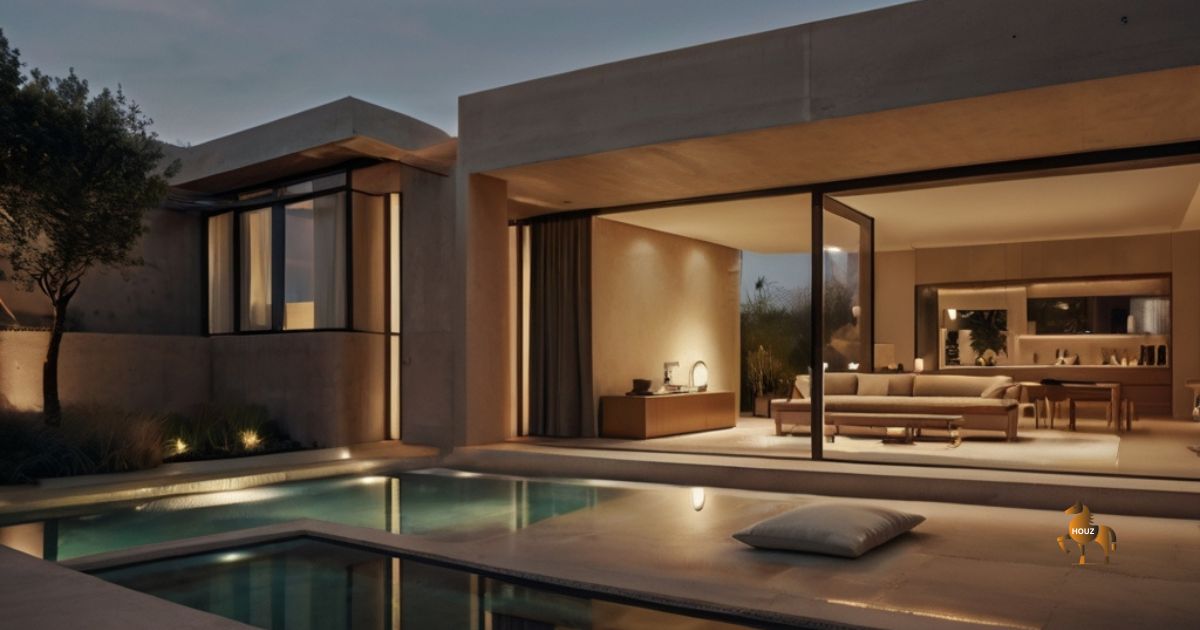
What Interior Designing Styles Should You Choose for Your House?
Selecting an interior design style involves considering several factors:
Personal Preference: Which style do you prefer?
Lifestyle: Think about your everyday life and how the style will meet your needs and of your family members.
Home Architecture: This should coincide with your home architecture.
Budget: Certain styles are more costly in terms of accomplishment compared to others.
Functionality: It should also complement and enhance its capability for the usage that you wish to give your space.
For instance, one can try out different styles by making mood boards or using the online design apps. Also, it is possible to take the best of two different styles and combine them to achieve the desired effect.
What Interior Designing Styles Should You Choose for Your House?
Selecting an interior design style involves considering several factors:
Personal Preference: Which style do you prefer?
Lifestyle: Think about your everyday life and how the style will meet your needs and of your family members.
Home Architecture: This should coincide with your home architecture.
Budget: Certain styles are more costly in terms of accomplishment compared to others.
Functionality: It should also complement and enhance its capability for the usage that you wish to give your space.
For instance, one can try out different styles by making mood boards or using the online design apps. Also, it is possible to take the best of two different styles and combine them to achieve the desired effect.
Difference between modern and contemporary interior design
Modern design: Emphasis on functionality and clean lines with neutral colour palette. It originated in the mid 1900 s.
Contemporary: Is similar yet incorporates modern trends with a more flexible and diverse concept. It’s about coming up with a design that is clean, trendy and not overly structured.
In other words, modern design is a branch of contemporary design, while contemporary design can include a wide variety of styles or approaches.
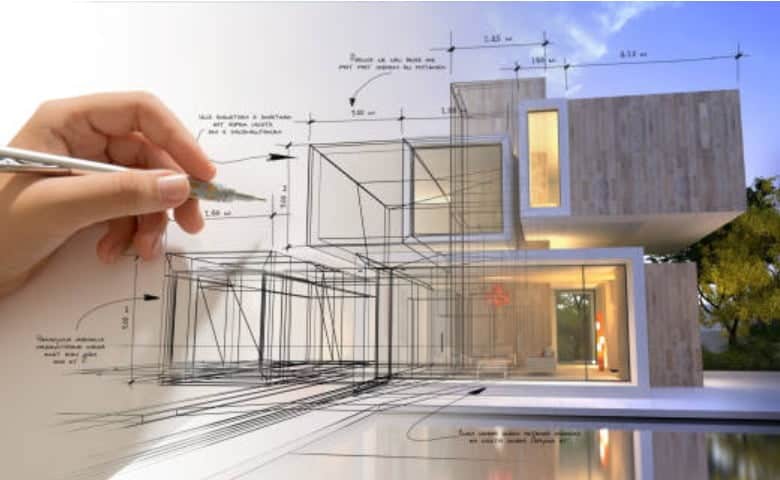
The Fundamental of Interior Design
What are the fundamental principles of interior design?
Interior design is not just picking out nice furniture; it is the art of defining the feel, the look and the purpose of an indoor area.
Balance: Establishing balance within a space
Harmony: Integrating elements to attain a cohesive look.
Rhythm: Establishing pattern and rhythm through the repetition of an element.
Emphasis: Developing a focal point attracts the viewers’ attention.
Scale: The interaction that exists between objects in that certain space.
Proportion: The size and shape of objects in relation to each other.
Colour: Using colour to create mood and atmosphere.
Texture: Adding depth and interest through the use of different textures.
Pattern: Creating visual interest with the use of patterns.
How to make a a good Floor plan?
A well-planned and designed floor space is crucial in offering optimised and excellent space. Here are some tips:
- Define the purpose of each room.
- It is important to analyse the traffic flow.
- Maximise natural light.
- Define areas for specific use or create zones for different usage..
- Use furniture to defined space. To some extent, internal division should be made with the help of furniture.
- Leave enough circulation space.
- Consider storage needs
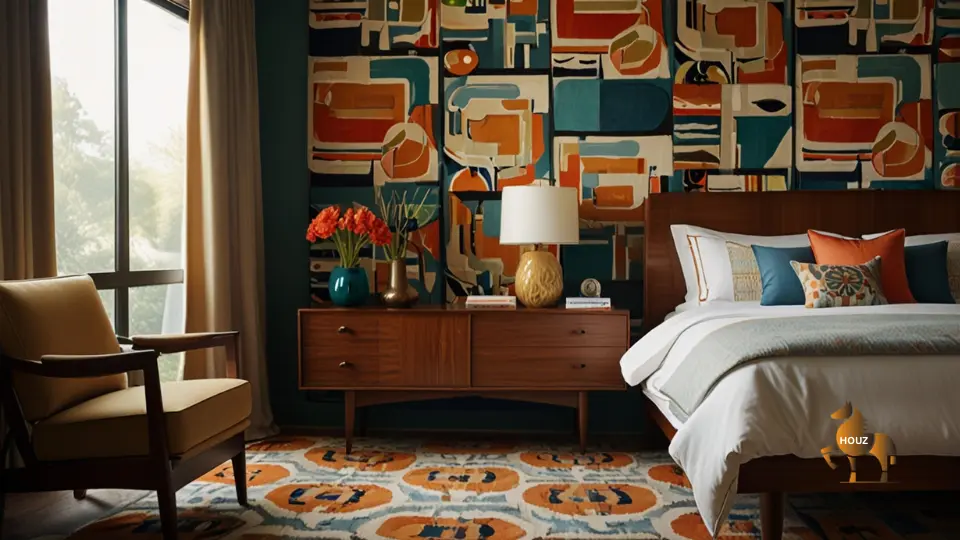
What are the Elements that can be Considered as the Core of Interior Design?
There are several essential elements that come together to create a well-designed space:
Furniture: Select items for the suit that are both practical and are also aesthetically pleasing.
Lighting: Get ambient lamps to create the mood you want in your home.
Colour: Setting a mood should be maintained throughout the work; mood should be maintained in using colour.
Pattern: Use pattern to make full advantage of the repetition in order to give emphasis on the pattern itself.
Accessories: It is recommended that when designing a space, accessories should be used to bring out the uniqueness of a particular room.
Art: Personality and style should be added through the use of art.
Interior Design of specific Space
How to design a Small Living Room
It can be rather difficult to design a small living room but it is possible to create a space that is both functional and stylish Here are some tips:
– Select pieces of furniture that are the right size for your small living room.
– Mirrors should be used to make an illusion of a larger space.
– Let in as much natural light as possible in the room.
– Use light colour to make the room look bigger.
– Keep clutter to a minimum by restrain oneself from collecting unnecessary items.
Choosing the Proper Colour Combinations for Bedrooms
The colour scheme you choose for your bedroom can have a big impact on how you feel in the morning when you wake up. Here are some popular colour schemes:
Neutral: Choose plain colours that are very close to natural shades of white, cream, beige, and grey to help a human body and spirit to be calm and relaxed.
Blue: Helps to reduce stress, feel relaxation and sleep
Green: Establishes a sense of peace and atmosphere of calmness.
Purple: Reminds people of elegance and style.
Pink: Creates a warm and inviting atmosphere.
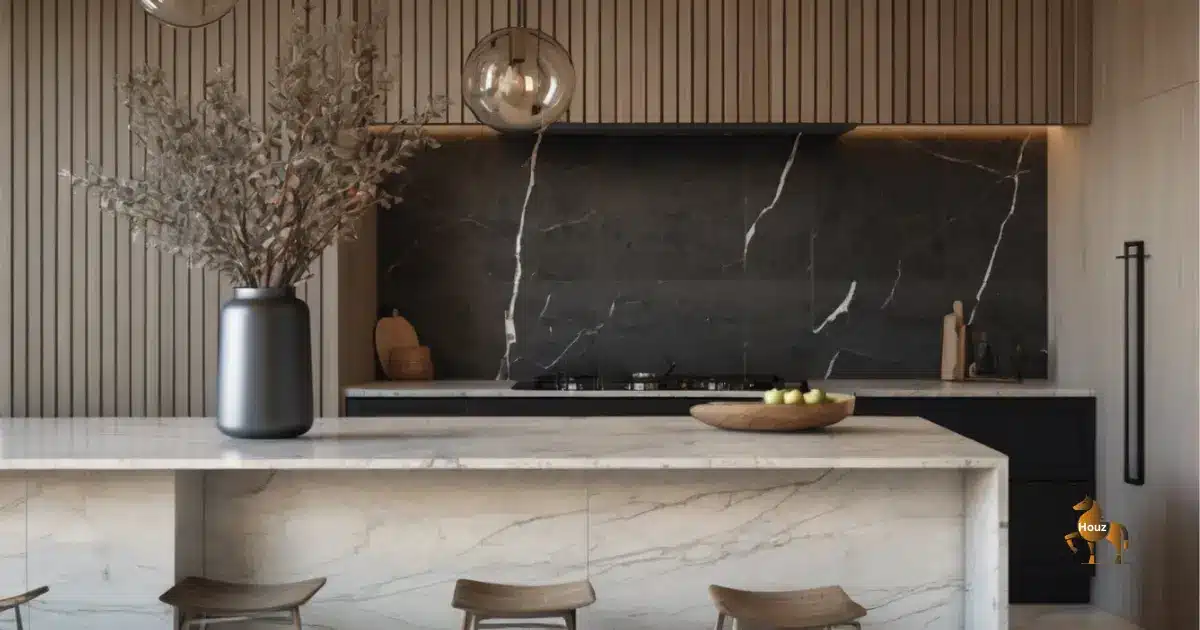
Kitchen Design Ideas?
It is essential that a kitchen meets all of the needs of the home and looks good too because the kitchen is often considered the center of the home. Here are some kitchen design ideas:
Open concept: Billing of spaces can also be done to incorporate the kitchen with the living and dining spaces to achieve what we call an open kitchen.
Island: It can give extra working space on a counter and places for the storage..
Built-in appliances: Built-in appears can free up space and give a neater appearance and sleek look to the kitchen.
Backsplash: A backsplash is another decorative accessory that will help to make your kitchen’s character and individual style.
Lighting: Use a variety of lighting fixtures to achieve a different ambient.
Storage: Storage area should also be optimised for space by including cabinets, drawers, and well designed pantry.
Interior Design Process
There are several ways that you can use to look for an interior designer.
If you’re still unsure on how to proceed on your interior design project, you could probably get an interior designer. Here are some tips for finding an interior designer
- See the Provided Steps Below to Understand How to Find an Interior Designer.
- If you’re still unsure on how to proceed on your interior design project, you could probably get an interior designer. Here are some tips for finding an interior designer:Here are some tips for finding an interior designer:
- They should ask recommendation from friends and members of their families who they trust.
- Check on the Internet for interior designers in your locality.
- Do research on various designers and consider getting interviews from several before settling for one.
- Try to get estimates from other designers so that you can know the charges that various designers offer.
What is the Interiors Design process like?
The interior design process typically involves the following steps:
- Initial consultation: Virtual or physical meeting with the designer to explain the details regarding your project necessities and budget.
- Design concept development: They will make a design concept on the basis of the interests that have been discussed between you and the designer.
- Space planning: That is why the designer will prepare the simple floor plan and layout of the space.
- Material selection: The designer will also assist you to make decisions on furniture, fabric and the finishing.
- Project management: The designer will be also responsible for the whole process of the project implementation.
That leads to the questions; how much does interior design cost?
Interior design cost is mainly influenced by the project sizes and the complexity of the design plans that the designer will offer. Still, you will need to factor in the cost of professional inside design services that would range from 10% to 20% of the overall project cost.
DIY Interior Design
How to decorate on a budget?
- Decorating your home doesn’t have to break the bank. Thereby, it simplifies the process of home decoration without having to spend much. Here are some tips for decorating on a budget
- Start with a blank canvas: This means that you should only focus on essential furniture for your home and get rid of the rest of the unnecessary items. This will give you a fresh foundation to work with
- Shop thrift stores and flea markets: That’s why good and cheap ornaments can be found, if one looks hard enough with a little patience.
- DIY your decor: Make your own art or throw pillows or wall hangings to add personality without spending a fortune..
- Repurpose and upcycle: update used furniture or any item by painting it or coming up with a new & creative idea of how it can be used in the house.
- Focus on one room at a time: Do not get overwhelmed and focus on one room at a time.
- Utilise free resources: One can get inspired in magazines, blogs, and social networks.
- Create a mood board: First, imagine and picture the kind of look that you’re trying to achieve before you shop for the cheaper version of the ideal look.
DIY Interior Design Tips
Do-it-yourself interior design is an effective technique of redecorating your home as it can be exciting to do it on your own. Here are some tips to get you started:
- Start small: Start with a simple home improvement project, do as simple as painting a single room or refurbishing a particular piece of furniture.
- Plan ahead: This should include the materials that you will use, the tools that will be used as well as the process of undertaking the project.
- Don’t be afraid to experiment: Try new techniques with new ideas and experiment new styles to discover your creative potential.
- Seek inspiration: Search for inspiration in magazines, books, and other sources available on the Internet.
- Practise patience: DIY projects can be time-consuming – be patient and have fun doing it.
- Safety first: It is very important always to observe safety measures when handling any equipment by strictly following instructions as well as correctly wear/using the necessary gear.
- Embrace imperfections: Still, it has to be recalled that most of the handmade products are characterised by some imperfection – and this can be considered to be their advantage as handmade items often have a unique charm.
How to Make the Right Decision in Choosing Colours for the Walls?
Selecting a proper shade for painting will have a great influence on the resulting mood which fills the room. Here are some tips to help you make the right choice:
- Consider the room’s function: Various colours produce different feelings. For instance, cool blue colour for bedrooms and warm yellow colour in the kitchen.
- Analyse natural light: The quantity of the natural light affects how colours appear.
- Create a mood board: Collect pictures of colour schemes you have in mind to have a better view of how everything will look like.
- Test paint colours: Test the shades and palettes by painting sample portions of the wall so you can observe how the colours fare under natural or artificial lighting.
- Consider undertones: Understand that even if the primary colour chosen is for instance orange, it is painted in some undertones such as green, blue or pink it will give the painting some specific touch.
- Use colour psychology: Learn about why colours cause specific feelings in order to achieve the required mood.
- Don’t be afraid to experiment: Paint is not very expensive and thus you should not hesitate to experiment with different colours.
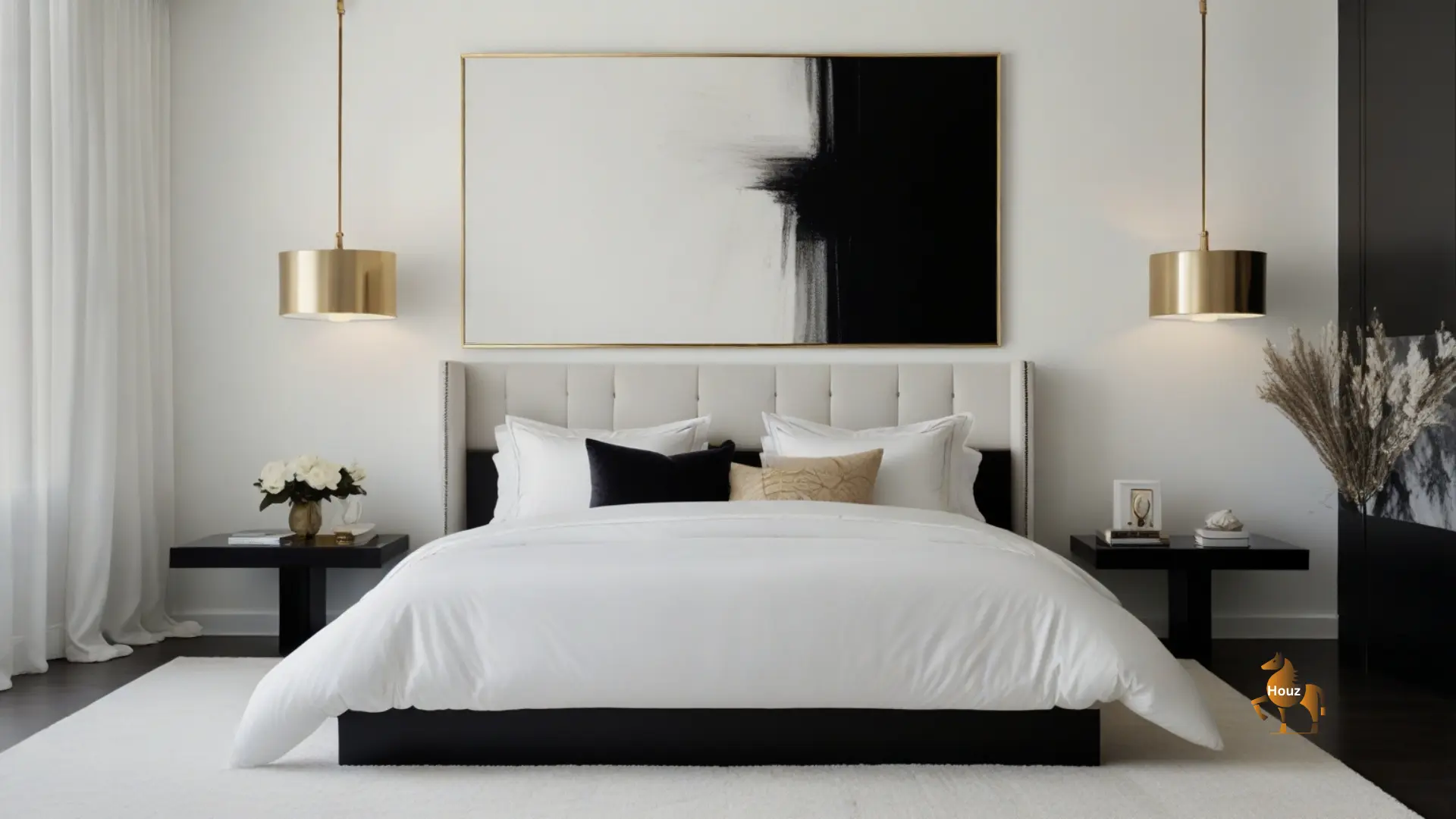
Interior Design Trends
Interior design is a dynamic field with trends constantly evolving. It is always good to see the latest trends and thereby incorporate them into your own home to come up with a trendy home. Here are some of the current interior design trends:
Biophilic Design
The two main concepts of biophilic design are the natural integration of the natural world into the built environment. The utilisation of natural elements including plants, wooden furnishing, and natural lighting can enhance the mental health of a person and help them to overcome stress.
- Indoor plants: Bring some green into the interior with the use of small cacti and big impressive room defining plants.
- Natural materials: The use natural items like wood, stone, and any other natural substances in the decor.
- Biophilic patterns: Use patterns inspired by nature, such as leaf prints or animal motifs
- Natural light: Use sheer curtains and large windows in order to bring as much natural light as possible into the house.
Maximalism
Whereas, minimalism is all about simplicity, maximalism is a complete opposite, being a maximalism of colour, pattern and texture. This trend is all about ‘living the dream’ and making your home an oasis of individuality in an increasingly homogenised world.
- Mix and match patterns: Different patterns and textures should not be avoided they should be intermixed from time to time.
- Use colour: Design a practising environment with lively and bright vibrant colours.
- Embrace eclecticism: No limitations have to be put on style or years, all can be combined and integrated.
- Accessorise: Bring life to your home with art works, sculptures and textiles among others.
Sustainable Interior Design
Newly, there is a growing trend in interior designing for sustainable designs. This trend argues for the use of environmentally conscious materials, waste minimization and the promotion of rooms that are healthy for the planet.
- Eco-friendly materials: Select materials such as recycled timber, biodegradable cotton and used metal in production of some of the items.
- Energy efficiency: Minimise costs of energy by using efficient sources of light and household devices.
- Reduce waste: Choose furniture and decoration from recycled material.
- Support local artisans: Support locally produced items rather than the mass-produced ones when able to avoid contributing to the carbon footprint.
Smart Home Integration
This is a true fact that technology is changing our lives and the overwhelmingly vast field of interior design is no exception. Smart home technology means you can manage your home according to its climate and different aspects and features.
- Voice assistants: bring your house as smart as possible by installing voice control such as Alexa from Amazon or Google Assistant.
- Smart lighting: Use its app on your smartphone or simply direct your voice and control your lights.
- Smart thermostats: Living in a smart home with a smart thermostat makes your home energy efficient.
- Home automation: Automate tasks like, turn on lights, lock doors, close the blinds, select and play music.
That is why adopting these trends will make your interior design to be trendy and at the same time practical. Always ensure to choose the trends that are going to suit your personality and lifestyle
Conclusion
Interior design can be described as a discipline, profession and art form that deals with modifying existing interior spaces to fit the intended purpose and create comfortable, artistic and attractive environments. This includes learning all about the various design styles as well as design principles when it comes to matters such as colour choices, furniture, and accessories.
Personal preferences, lifestyles and the purpose of living or working space should be considered and analysed in order to design a space that reflects the personality of the person using the space and have a positive effect on his/her life. Whether you are a DIY enthusiast or seeking professional home designer assistance, the journey of interior design offers endless possibilities for self-expression and creativity.
Thus it is said that an ideal space should be aesthetic as well as comfortable, enjoyable and inspiring. On a basic level, form and function are intertwined in interior design, the potential to improve our day to day lives and design spaces we love to live in.
Remember: Interior design is an evolving field, with new trends and styles emerging constantly. Continual exploration and experimentation are key to staying inspired and creating spaces that stand the test of time.

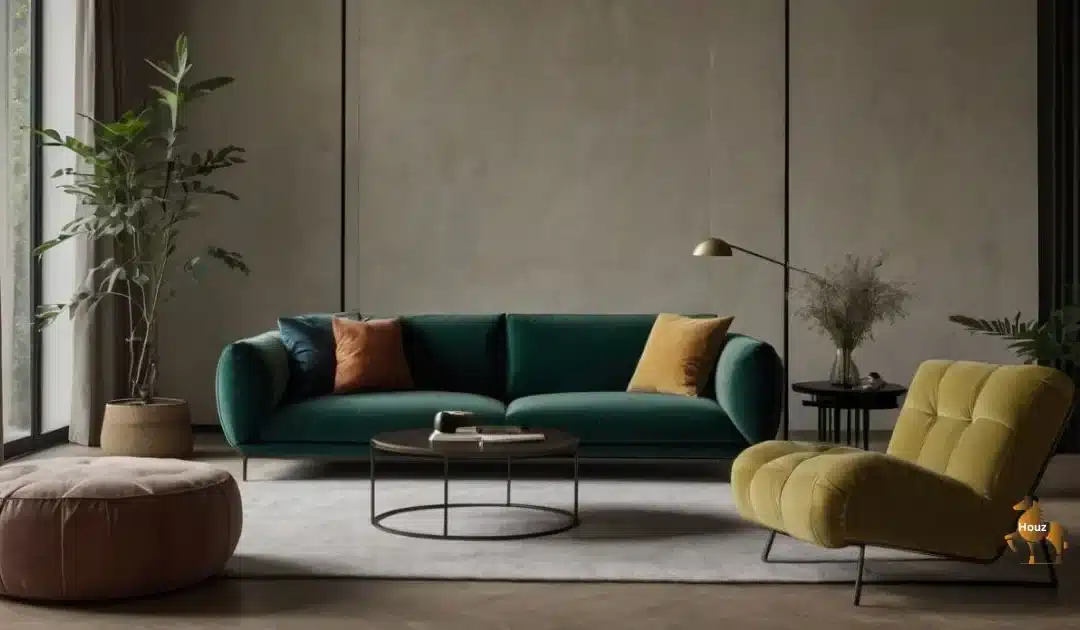
Recent Comments